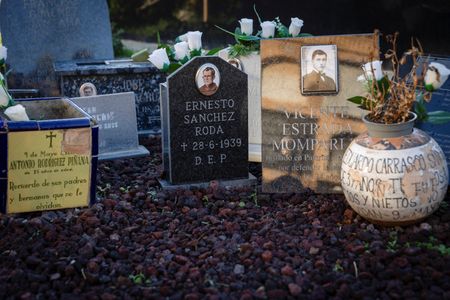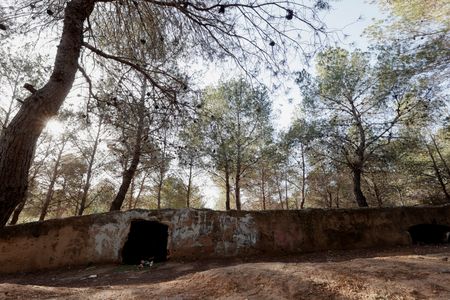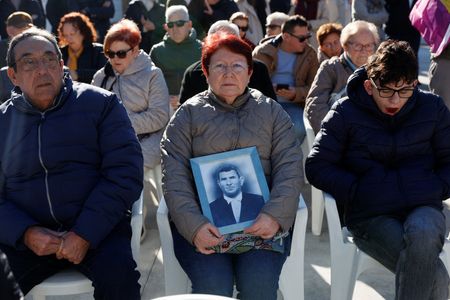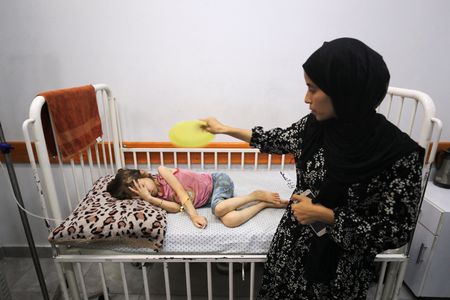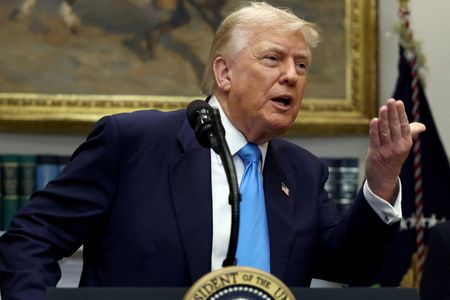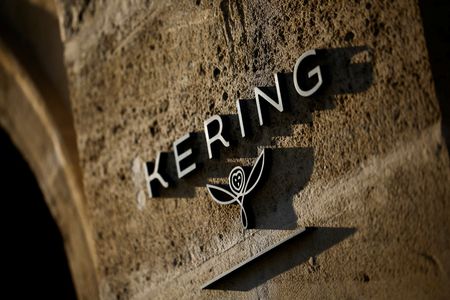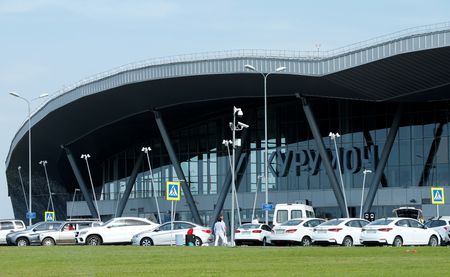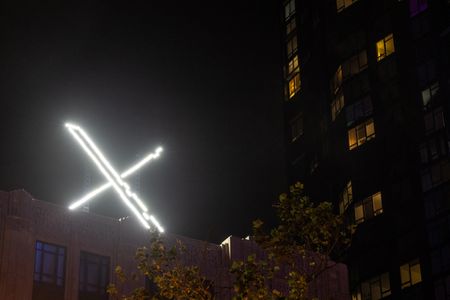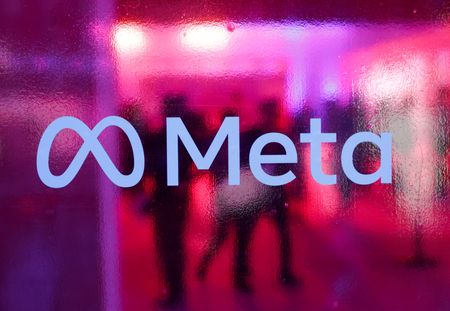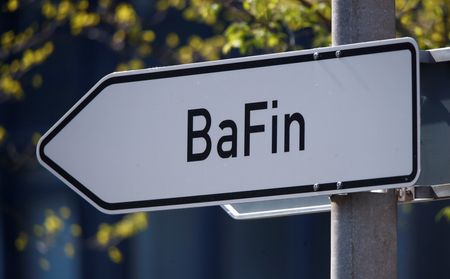By Eva Manez and Horaci Garcia
PATERNA, Spain (Reuters) – Josefina Fortea, 92, was seven when her father Jose, a farm labourer, faced a firing squad sent by General Francisco Franco. While she hardly knew him, receiving his remains 85 years later has brought some comfort.
The remains of 18 people executed by soldiers and buried in a mass grave during the years of repression that followed Spain’s 1936-39 civil war were returned to their families as the country grapples with the legacy of his fascist dictatorship.
“At least I have this” to remember him by, Fortea said, holding a box with belongings found next to Jose’s bones such as a button and a belt buckle.
She said she would re-inter his remains alongside those of her mother, fulfilling a promise she made to her before she died.
The details of why her father was shot remain obscure, like the rationale for so many of the victims, with files lost, kept secret or destroyed, but he was identified as a sympathiser of the Republic and therefore an enemy of Franco’s Nationalists.
Sunday’s ceremony at the cemetery in Valencia suburb Paterna featured urns draped in the tri-colour flag of the Second Spanish Republic that Franco overthrew.
Several sources estimate that Spain has the world’s second-highest number of forcibly disappeared people after Cambodia, although the oft-cited figure of at least 114,000 corpses in more than 2,500 common graves is disputed due to a lack of data.
Archaeologists have so far exhumed the remains of some 1,500 out of the 2,238 people shot in Paterna by Francoist forces between 1939 and 1956 from dozens of mass graves.
Those honoured on Sunday belonged to one labelled 114, commonly known as the “Grave of Culture” due to the presence of artists, writers and teachers among other workers, such as Fortea’s father, who were buried there in 1940.
They have retrieved the bones of 176 people from Grave 114, but have identified only 30 of them with DNA so far.
The dig’s co-director, Alex Calpe of the ArqueoAntro association, stressed the importance of raising awareness of what happened. “People who had some kind of political significance were singled out, tried without any democratic guarantees and murdered,” he said.
Many families asked to see their relatives’ bones to better understand how they died, Calpe said.
Carmen Contreras, 65, of nearby Godella held the skull of her grandfather Juan Manuel while Calpe showed her the bullet’s entry point.
Her brother Juan Carlos Contreras Vergara, 56, said it was important to learn lessons from the “savagery” of the past. “It is good to see what happened or what can happen if things are not handled with a little calm and moderation,” he said.
(Writing by David Latona; Editing by Alison Williams)

